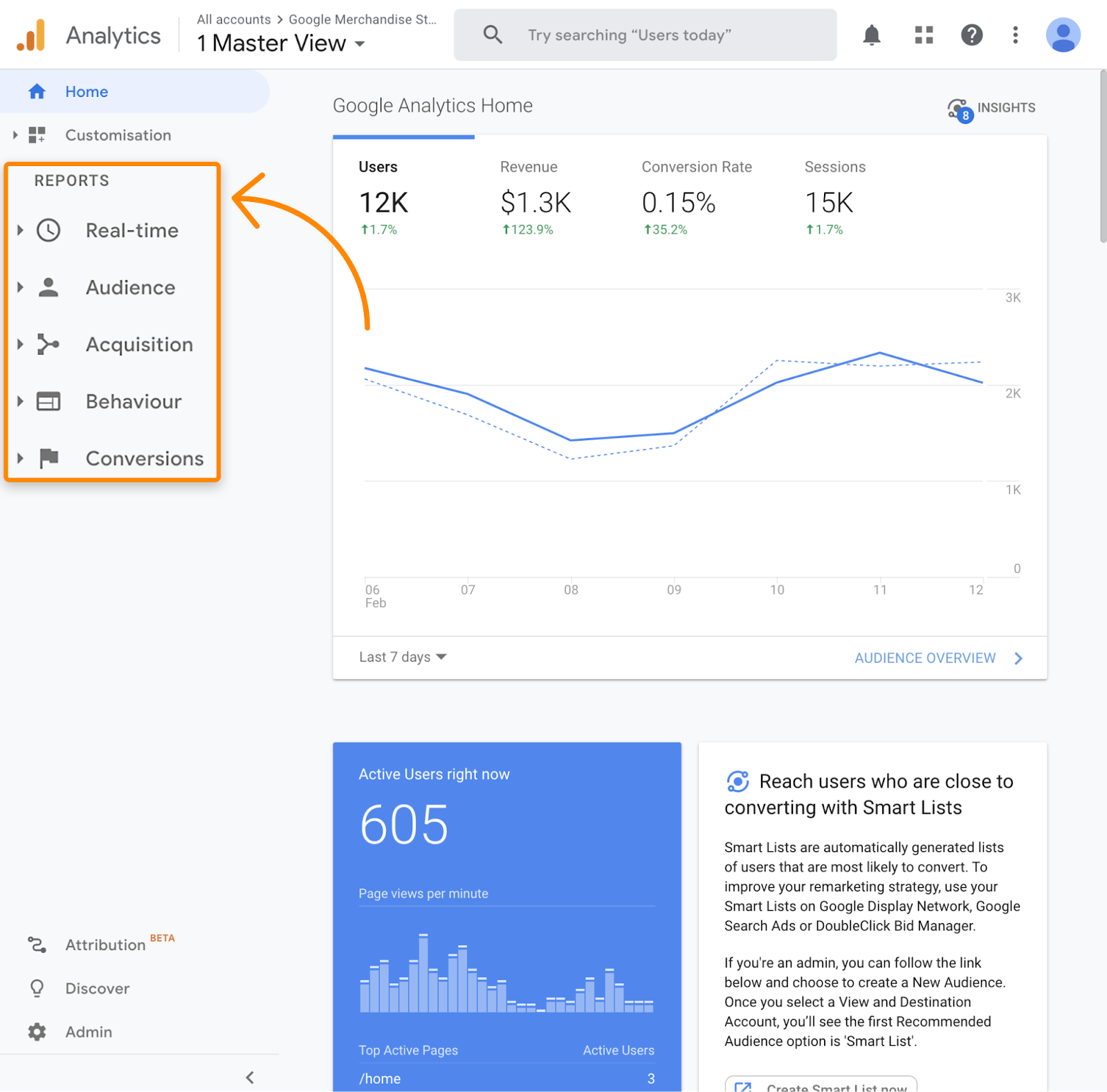Essential Guide to Secondary Dimensions in Google Analytics: Definition, Benefits, and Applications
Wiki Article
Revealing the Impact of Additional Dimension in Google Analytics on Information Analysis and Insights
In the world of data analytics, the utilization of secondary measurements within Google Analytics has emerged as a critical device for drawing out much deeper insights and unraveling complicated patterns that may otherwise continue to be covered. By peeling back the layers of key information collections, second measurements supply a nuanced perspective that enhances the understanding of customer habits, site performance, and the effectiveness of marketing methods.Exploring the Idea of Secondary Measurements
Second measurements in Google Analytics provide added insights by permitting customers to evaluate primary information in combination with a second characteristic. By integrating second dimensions, customers can delve deeper right into the information and reveal beneficial correlations that might otherwise go unnoticed - what is a secondary dimension in google analytics.By discovering the various secondary dimensions available in Google Analytics, users can open brand-new understandings and optimize their digital marketing efforts. In essence, second measurements serve as a powerful device for improving information evaluation and driving workable outcomes.
Enhancing Data Analysis With Secondary Measurements
Having actually established the foundational understanding of second dimensions in Google Analytics and their pivotal role in data evaluation, the focus currently shifts in the direction of leveraging these second attributes to enhance the analysis of analytics data (what is a secondary dimension in google analytics). By integrating additional dimensions right into information evaluation, experts can acquire deeper understandings right into user behavior, internet site performance, and advertising and marketing performance

In addition, additional measurements aid in contextualizing main data metrics by offering extra layers of details. This contextualization help in comprehending the 'why' behind the data patterns, assisting experts make informed choices and optimizations to enhance general efficiency. Inevitably, incorporating additional dimensions improves the information analysis process, leading to even more strategic actions and meaningful understandings.
Uncovering Hidden Insights With Additional Measurements
Discovering the depths of analytics information with secondary measurements exposes valuable insights that would certainly or else remain obscured. By incorporating additional measurements in Google Analytics, services can uncover hidden patterns, trends, and correlations that supply a more detailed understanding of customer habits and web site performance. These additional layers of data permit analysts to dive much deeper right into the main measurements, such as traffic sources or landing pages, and get an extra nuanced point of view on exactly how various variables communicate with each various other.With making use of second dimensions, analysts can More Help segment and compare data across numerous dimensions, enabling them to identify certain elements that influence customer interaction, conversion rates, and overall success metrics. As an example, by combining the key measurement of 'device classification' with the additional measurement of 'age,' marketers can pinpoint which age demographics like accessing the internet site through mobile phones versus desktop computers. This level of granularity encourages services to make data-driven decisions and optimize their strategies for far better results. Inevitably, revealing covert understandings through secondary dimensions boosts the depth and accuracy of information analysis, causing more informed decision-making and improved performance end results.
Leveraging Second Measurements for Actionable Analytics
Structure upon the insights revealed with secondary measurements in Google Analytics, companies can currently harness this enriched data landscape to drive workable analytics and strategic decision-making. By leveraging additional dimensions, companies can dive much deeper right into their information to extract useful patterns, trends, and correlations that may have formerly gone undetected. This deeper degree of analysis enables businesses to obtain a more detailed understanding of customer habits, project efficiency, and general site efficiency.One key advantage of using second measurements for workable analytics is the capacity to segment data based upon details standards. This division allows organizations to tailor their techniques and campaigns to different target market groups, resulting in extra targeted and efficient marketing efforts - what is a secondary dimension in google analytics. In addition, secondary measurements supply an even more all natural sight of customer interactions, making it possible for companies to enhance their web site web content, layout, and overall individual experience
Taking Full Advantage Of Decision-Making With Second Dimensions
To boost tactical decision-making in analytics, leveraging secondary dimensions in Google Analytics can give an extra nuanced perspective on user behavior and project performance. By integrating additional measurements into data evaluation, organizations can dig deeper right into the specifics of their internet site visitors' interactions and interaction patterns. This extra layer of information enables for an extra comprehensive understanding of how different variables, such as demographics, tools, or website traffic resources, influence essential performance indicators.
Conclusion
To conclude, making use of additional measurements in Google Analytics plays an essential role in enhancing information analysis and revealing covert insights. By discovering this principle, one can get a much deeper understanding of customer actions and make educated decisions based upon workable analytics. Leveraging second dimensions permits for a much more comprehensive analysis of data and makes the most of the efficiency of decision-making processes.
Report this wiki page